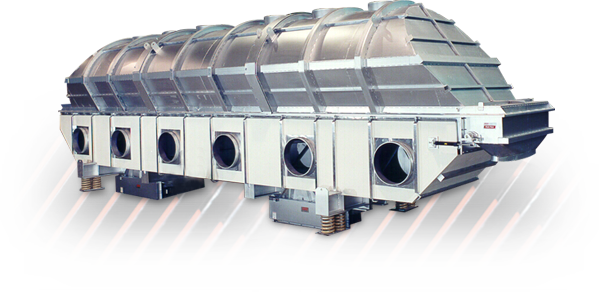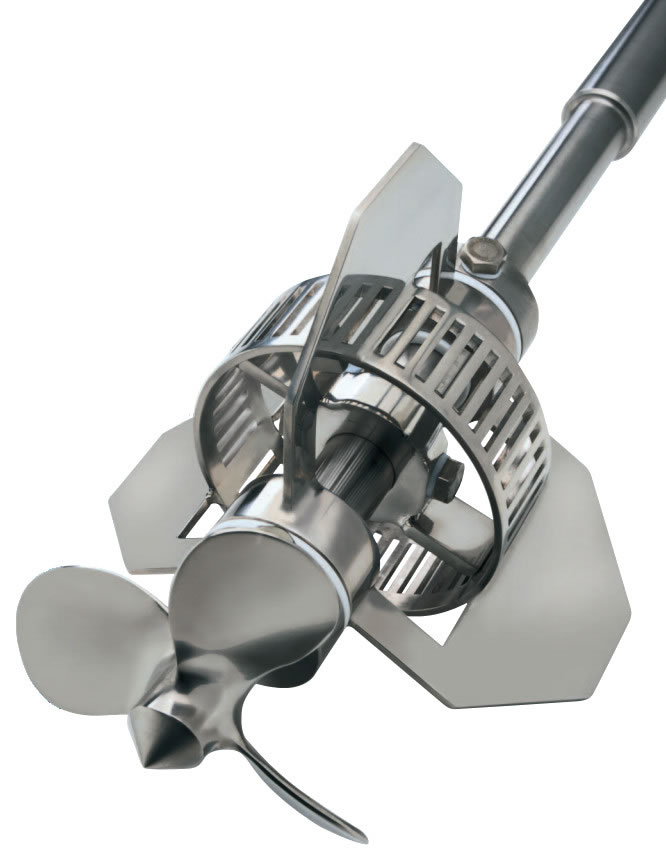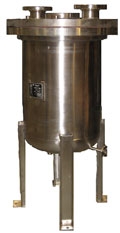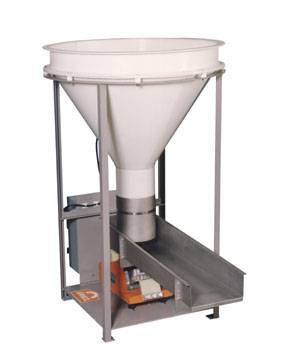A pressure vessel is, as its name indicates, a container which holds its contents— whether it be a liquid or gas— at a specific pressure. Most have cylindrical shapes and hold gases like oxygen and nitrogen. Because gas and liquids are able to be maintained at pressures different from those of the atmosphere, pressure vessels are valuable for many different contexts and environments. They are typically made out of steel— specifically stainless steel— because of its tensile strength and resistance to corrosion and outside forces. In addition to steel, the container is also often lined with other metals, ceramics or polymers, providing it with extra protection against cracks and leaks.
In addition to stainless steel, many pressure vessels are made of other composite materials, such as filament wound composite and carbon fiber via a polymer; these kinds of vessels can be very light but are very hard to make. This can, if needed, be included with steel as a top layer, providing extra strength and protection from leaking and contamination. Other common materials used in pressure vessels include polymers like PET, such as in soda cans and copper in plumbing.
 Electric Heaters
Electric Heaters Industrial Dryers
Industrial Dryers Industrial Mixers
Industrial Mixers Industrial Ovens
Industrial Ovens Pressure Vessels
Pressure Vessels Pulverizers
Pulverizers Vibratory Feeders
Vibratory Feeders Castings & Forgings
Castings & Forgings Bulk Material Handling
Bulk Material Handling Electrical & Electronic Components
Electrical & Electronic Components Flow Instrumentation
Flow Instrumentation Hardware
Hardware Material Handling Equipment
Material Handling Equipment Metal Cutting Services
Metal Cutting Services Metal Forming Services
Metal Forming Services Metal Suppliers
Metal Suppliers Motion Control Products
Motion Control Products Plant & Facility Equipment
Plant & Facility Equipment Plant & Facility Supplies
Plant & Facility Supplies Plastic Molding Processes
Plastic Molding Processes Pumps & Valves
Pumps & Valves Recycling Equipment
Recycling Equipment Rubber Products & Services
Rubber Products & Services